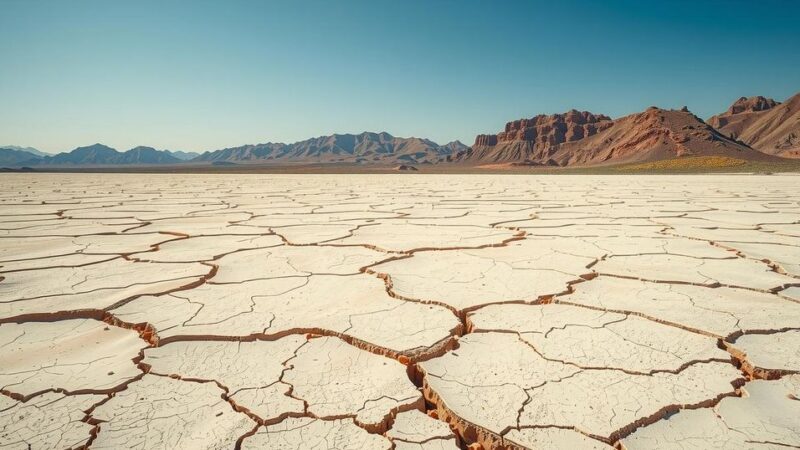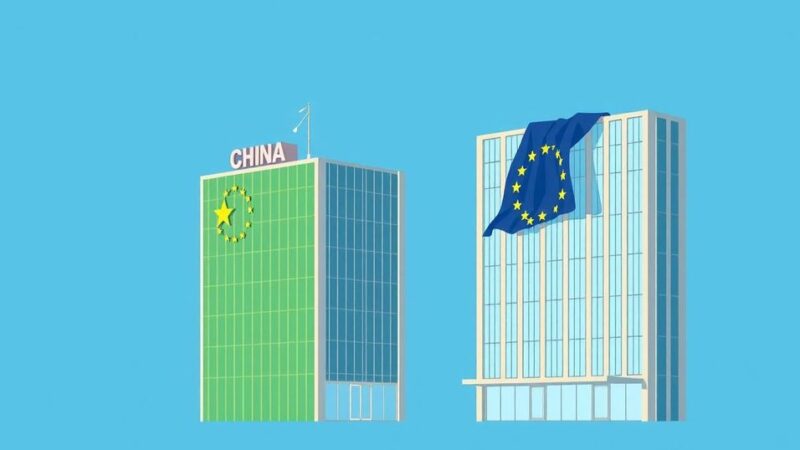El Salvador’s mining legalization raises environmental concerns, particularly regarding the polluted San Sebastián River, which lost all its fish due to an old gold mine. President Bukele claims vast gold reserves could enhance the economy, but environmentalists and some economists doubt these assertions, fearing renewed mining will only worsen existing environmental problems.
The San Sebastián River has been devastated by water pollution from an old gold mine, which resulted in the extinction of local fish species. With the legalization of mining in El Salvador, concerns arise that similar environmental damage could occur in other regions. This change in policy, requested by President Nayib Bukele, overturned a mining ban established in 2017. The administration cites unverified estimates of substantial gold deposits worth $131 billion, which they claim could significantly bolster the economy, stagnant since the 2001 dollarization.
Environmental activists express skepticism regarding the president’s claims and highlight the negative impacts of mining, represented by the troubled San Sebastián River. Nearby in Santa Rosa de Lima, community leader Graciela Funes collects a sample of polluted river water, visibly tainted copper. “Here are the facts,” she states, emphasizing the urgent need for clean water access. Fellow environmentalist Vidalina Morales advocates for collective action against renewed mining efforts, referencing previous reports that indicated severe impacts on local water quality from the nearby mine.
The San Sebastián mine, once Central America’s most productive, experienced extensive gold extraction from 1904 to 1953, which resulted in significant environmental degradation and public health issues. Biologist Cidia Cortés discusses how the State’s failure to address these consequences has now become a pressing issue with the resumption of mining activities. “Today that debt is still outstanding and is getting worse because there will be mining again,” she warns, emphasizing the need for accountability in environmental stewardship.
Concerns persist that mining operations could endanger the Lempa River, a vital water source for a large part of the capital’s population. Yet, some proponents, like political analyst Nelson Flores, argue that mining could lead to economic growth and improved living conditions. He asserts, “It would be absurd to deny the country the possibility of advancing in its economic development,” pointing to modern methods that could mitigate environmental harm.
Critics, however, maintain that claims about gold reserves might be overstated. Ricardo Navarro from the Salvadoran Center for Appropriate Technology argues that the actual concentration of gold is minimal, suggesting that potential mining could incur substantial damage for little return. Economist Julia Martínez echoes these concerns, suggesting that the government’s motives may be misaligned with the realities of resource extraction, indicating a lack of comprehensive studies on the actual presence of gold deposits.
The resurgence of mining in El Salvador presents significant environmental and economic challenges. While proponents argue for potential economic benefits and advancements in extraction technologies, opponents fear severe environmental degradation and health risks, exemplified by the troubled San Sebastián River. Ultimately, the country faces a complex situation where balancing economic development and environmental conservation will be increasingly critical.
Original Source: ticotimes.net






